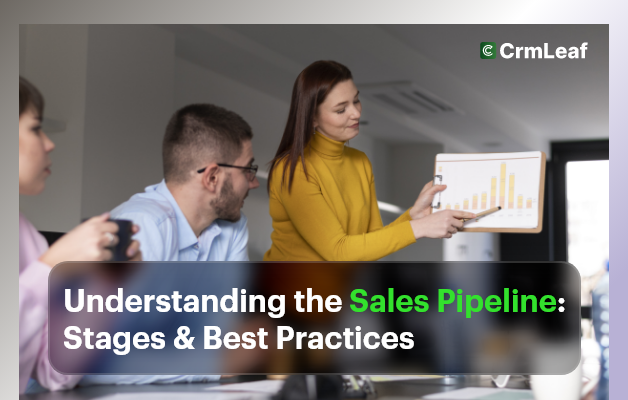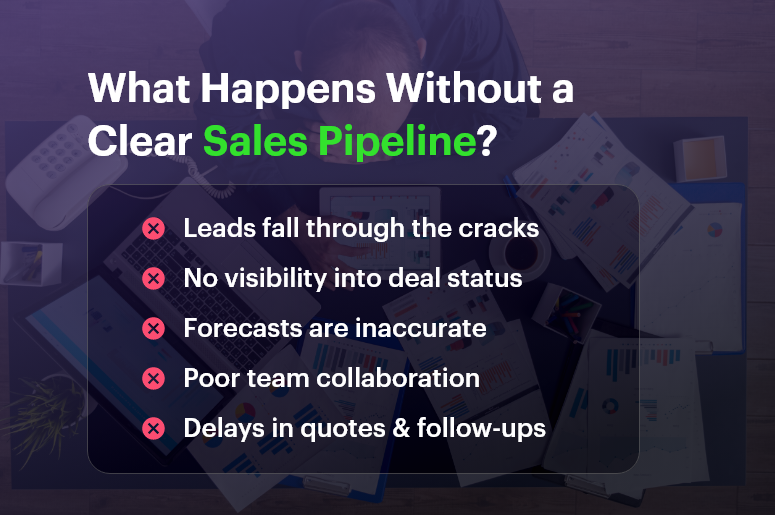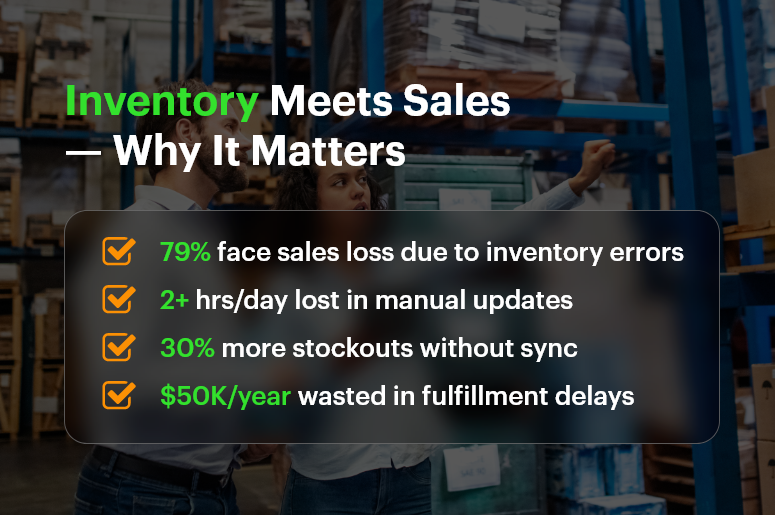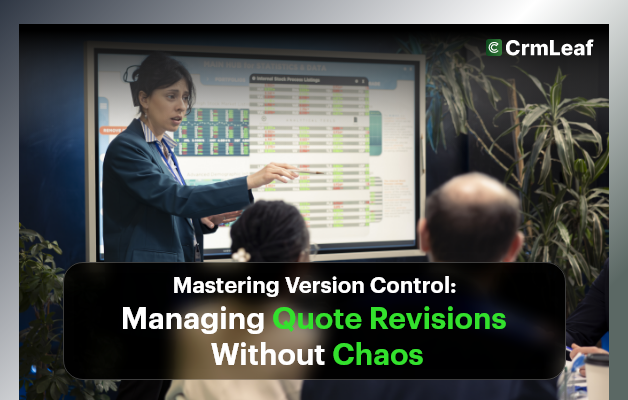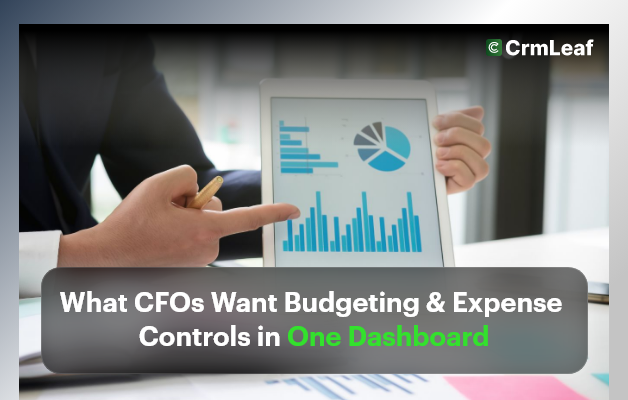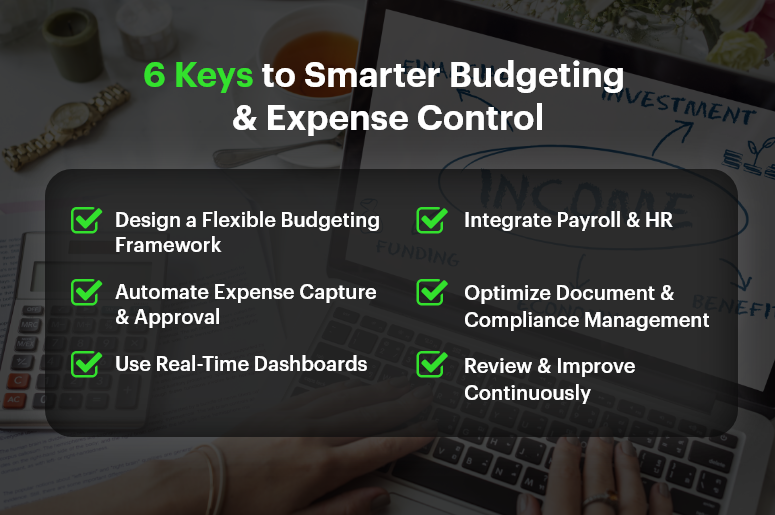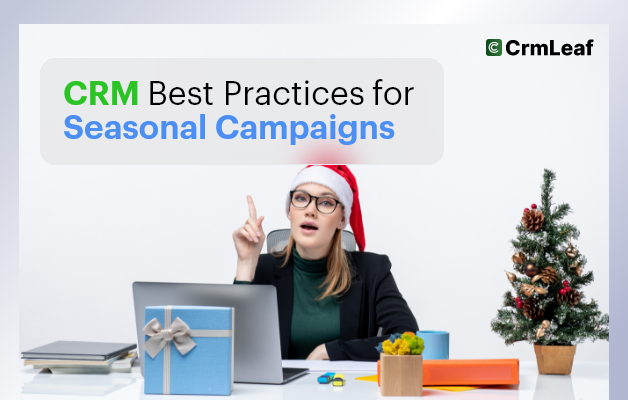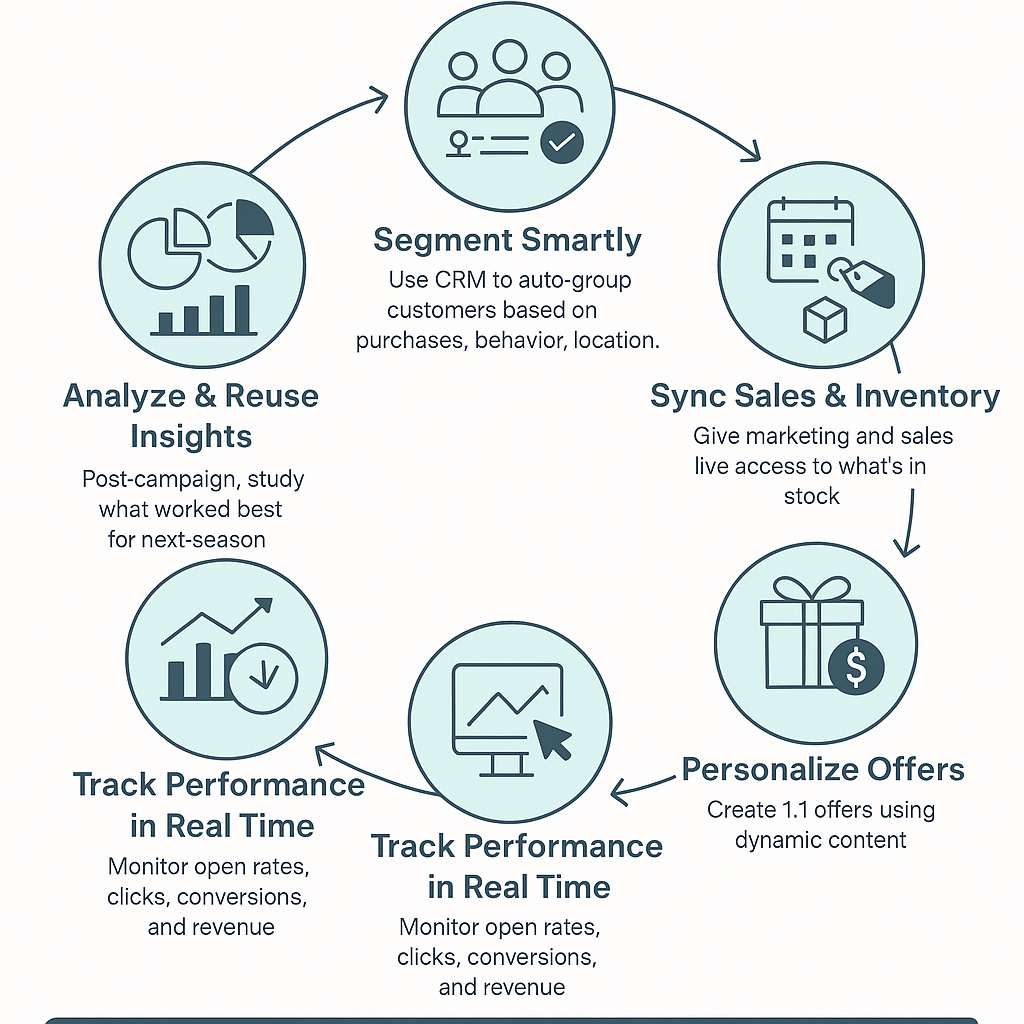In the fast-growing solar industry, where timelines are tight and margins even tighter, having to chase down approval forms, inspection dates, or utility sign-offs can grind progress to a halt. Worse? These delays frustrate customers, strain field teams, and burn cash. Enter the power of a Solar CRM — a centralized system that helps solar installers, project managers, and operations teams track permits and inspections in one place.
In this blog, you’ll discover:
- Why centralized permit/inspection tracking matters now more than ever
- How a CRM + ERP solution like CRMLeaf helps you stay compliant, efficient, and on time
- Best practices that top solar firms use to avoid rework, delays, and penalties
Let’s dig in.
Why Permits & Inspections Matter
Permits and inspections are a non-negotiable part of every solar project, whether you’re installing residential rooftop panels or a commercial-scale solar array. Each project typically passes through 5–10 compliance checkpoints, including building permits, utility interconnection agreements, electrical inspections, and AHJ approvals.
The challenge?
Most small to mid-sized solar companies still rely on spreadsheets, shared drives, and scattered email threads to manage it all — and it doesn’t scale.
Here’s why a centralized Solar CRM matters:
- Compliance penalties are expensive. Missing a single deadline or using outdated permit forms can lead to rework, fines, or failed inspections
- Delays kill margins. For every day an installation is stalled due to paperwork, labor costs pile up while revenue is delayed.
- Poor communication = lost trust. Customers don’t care about red tape. They want progress updates and on-time installations.
Whether you’re managing residential, commercial, or utility-scale solar projects, keeping all permitting and inspection data in one place ensures nothing slips through the cracks.
With the right CRM + ERP system like CRMLeaf, you gain a single source of truth — from pre-sale permits to final inspection closeouts.
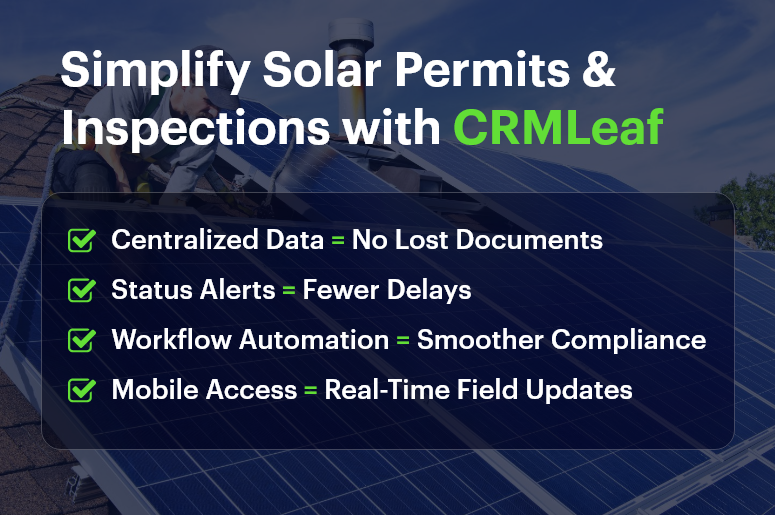
Best Practices & Actionable Tips
How to Streamline Permit & Inspection Tracking with a Solar CRM
Here’s how to implement solar CRM best practices to cut delays and ensure project success.
🔹 1. Centralize All Permit & Inspection Data
Stop relying on email chains and Excel sheets. Use a CRM + ERP platform to store every permit status, application number, document, and update in a centralized record for each project. This ensures every team — from sales to field ops — is always in sync.
🔹 2. Build Automated Workflows for Each Jurisdiction
Permit requirements vary by city, state, and utility. Create jurisdiction-specific workflows inside your CRM so every project follows the right steps automatically. This reduces manual errors and ensures compliance across all territories.
🔹 3. Use Status Tags & Alerts to Track Progress
Keep everyone in the loop with live status updates. Color-coded tags like “Permit Submitted,” “Inspection Scheduled,” or “AHJ Approval Received” help stakeholders quickly understand where things stand. Enable automated alerts for upcoming deadlines or stalled tasks.
🔹 4. Integrate with Project Timelines
Permits and inspections directly impact your project schedule. Make them part of your master timeline so project managers can plan work crews and equipment based on real-time permit status. This eliminates guesswork and costly reschedules.
🔹 5. Attach All Documents to the Project Record
No more digging through folders. Upload scanned permits, signed inspection reports, AHJ correspondence, and contractor certifications directly into the project profile. With version history and role-based access, everything is secure and traceable.
🔹 6. Enable Field Teams to Update from the Site
Give your team mobile access to the CRM. Field engineers and site inspectors should be able to log status updates, upload photos, or report issues right from their smartphones. This speeds up documentation and reduces back-office bottlenecks.
🔹 7. Generate Permit & Inspection Reports On-Demand
Reporting shouldn’t take hours. Generate summary or detailed reports for internal reviews or client updates with a click. Filter by project, jurisdiction, or date range to pinpoint issues before they become delays.
🔹 8. Train Staff on SOPs and System Use
Tools only work if people know how to use them. Create simple SOPs (standard operating procedures) for your team to follow inside the CRM. Provide short training sessions when processes are updated or new workflows are introduced.
Customer Success
For example, SunBolt Energy, a regional solar installer operating across four U.S. states, struggled with permit delays and missed inspections due to manual tracking systems. Their team often spent 10–15 hours per week just following up on permit statuses and coordinating with AHJs.
After switching to CRMLeaf, they:
- Cut their permit follow-up time by 60%
- Reduced inspection reschedules by 45%
- Saw a 15% faster project completion rate in the first three months
By automating permit workflows, adding status-based alerts, and integrating inspections into the master project schedule, SunBolt was able to streamline operations and boost customer satisfaction across all markets.
Key Takeaways
Permits and inspections are one of the most complex — and most critical — parts of solar project management. But with the right solar CRM best practices, you can transform these compliance hurdles into a competitive advantage.
By centralizing data, automating workflows, and keeping all stakeholders in sync, your team can move faster, stay compliant, and deliver on-time installations every time.
CRMLeaf’s Solar CRM + ERP platform makes this easy — with industry-specific features designed for solar businesses that want to scale without the chaos.
